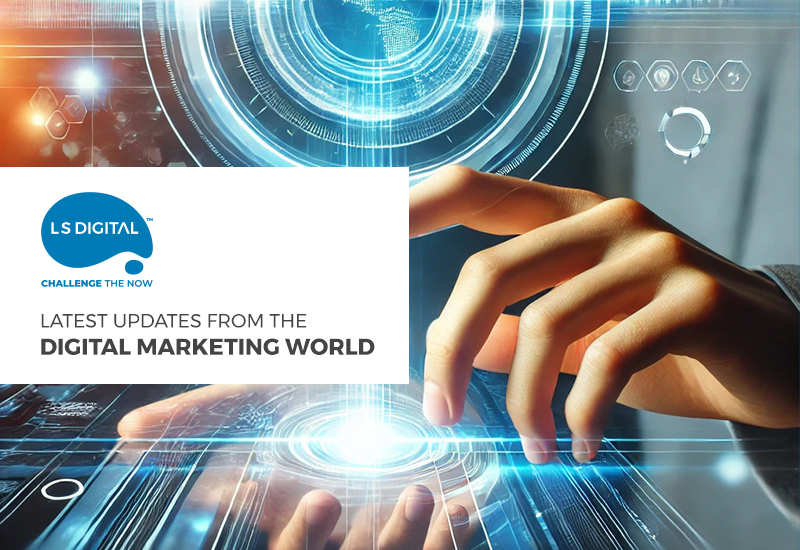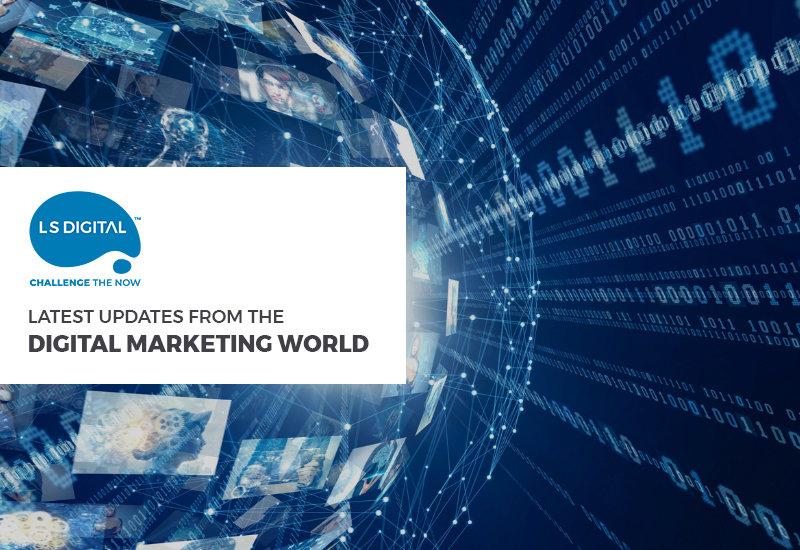1.How AI-Generated Voice Will Transform The Advertising Sector
AI-generated voice technology is revolutionizing advertising by enhancing storytelling, improving production efficiency, and enabling personalized, localized content. Brands can now create high-quality, emotive audio content quickly and affordably, while maintaining consistency across various platforms. Ethical and legal considerations are crucial as this technology continues to evolve. [Source: Forbes]
2. Why We Need Neuro-Symbolic AI
Neuro-symbolic AI combines neural networks’ pattern recognition with symbolic AI’s contextual reasoning, enhancing AI’s ability to understand and interpret complex data. This approach is particularly beneficial for specialized fields like B2B marketing, corporate law, and healthcare, where precision and context are crucial. [Source: Forbes]
3. How AI changed media moderation from human to machine
AI has revolutionized content moderation, shifting from human-led to machine-led processes. Platforms like Meta and X now rely on algorithmic AI solutions, balancing free speech with user safety while minimizing misinformation and harmful content. [Source: The Drum]
4. YouTube Expands Access to Communities, Adds New CTV Viewing Insights
YouTube is expanding its “Communities” tab to more channels, enhancing interaction between creators and fans. Additionally, YouTube is improving visibility of Connected TV viewership data to help creators better understand their audience. [Source: Social Meida Today]
5. How emotionally intelligent AI cranks up CX potential
AI’s evolution towards emotional intelligence is transforming customer experience (CX) by enabling more personalized and empathetic interactions. No-code platforms are making it easier for businesses to implement these advanced AI systems, leading to improved productivity and deeper customer connections. The future of CX looks promising with emotionally intelligent AI driving better customer satisfaction and relationship-building opportunities. [Source: Techradar]
6. How Social Media Is Driving E-Commerce (And How Brands Can Capitalize)
Social media is revolutionizing e-commerce by enhancing product discovery, enabling viral marketing, and providing seamless shopping experiences. Brands can capitalize on these trends by creating engaging content, leveraging influencers, and utilizing social commerce features. [Source: Forbes]
7. B2B marketers double down on AI and social media in 2025
US B2B marketers are set to increase their investment in AI tools and social media advertising in 2025, with 60% planning to boost spending in these areas. This trend highlights the importance of advanced analytics and direct audience engagement. Additionally, the use of generative AI at work is expected to rise significantly this year. [Source: Emarketer]
8. Advertisers latch on to rural demand, quick commerce disruption
India’s advertising industry surpassed ₹1 trillion in 2024, with digital media leading the growth at 21.1%. FMCG remains the dominant segment, while rural demand and quick commerce are reshaping advertising strategies. Traditional media like TV and print are seeing a decline in their share. [Source: Live Mint]
9. What marketers can expect as CTV and retail media converge in 2025
Amazon’s Brand+ uses AI to enhance CTV and online video ads by integrating shopping, browsing, and streaming data, aiming for more precise marketing. This shift indicates a significant move towards data-driven advertising, with CTV ad spending expected to surpass traditional TV by 2028. [Source: Marketing Dive]
10. Beyond automation: How programmatic advertising drives innovation in marketing
Programmatic advertising has evolved from simple automation to a strategic tool that leverages AI and big data for highly personalized and effective marketing. It allows for real-time adaptation and precision targeting, making ads more relevant to individual users’ behaviors and interests. This innovation is driving significant changes in marketing strategies, enhancing both efficiency and ROI. [Source: AZ Big Media]





